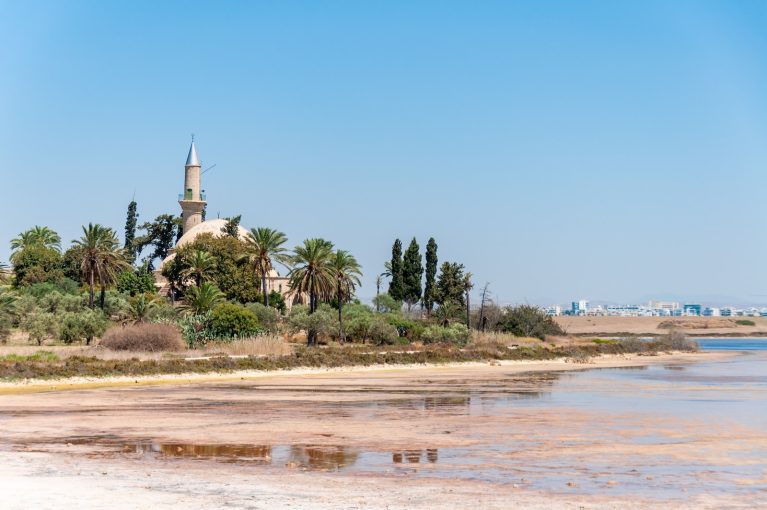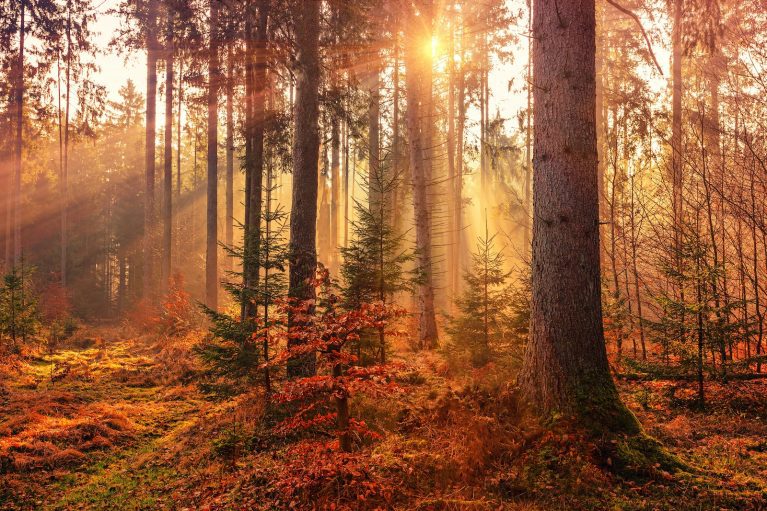It’s no secret that cannabis has captured the hearts of people all around the globe. One of the reasons behind its popularity is that this incredible plant can thrive in almost any corner of our beautiful world! What makes it even more fascinating is that each strain has its own preferred climate. This adds to the uniqueness of cannabis. You might be wondering, what climate is best for cannabis? In today’s blog post, we’re diving into the wonderful world of cannabis cultivation and exploring the climates that are most friendly to our green companions.
The Beautify of Outdoor Cannabis Cultivation
There’s something truly special about watching your plants bask in the warm sunlight, breathing in the fresh air, and growing under the wide open sky. When you cultivate cannabis outdoors, you become a part of something bigger. You witness the seasons changing. You witness the natural rhythms of life unfolding before your eyes.
It’s a hands-on experience, connecting you to the Earth and the cycles of growth. And let’s not forget the cost savings! Outdoor cultivation is not only a labor of love, but it’s also an affordable way to grow your own stash.
Tropical Climates

The warm temperatures promote vigorous growth and fast flowering, resulting in increased yields. Additionally, the abundance of sunlight in tropical climates ensures that cannabis plants receive ample energy for photosynthesis, leading to robust and resinous results.
Several regions worldwide fall under the tropical climate category and provide favorable conditions for cannabis cultivation. Some notable examples include:
- Southeast Asia
- Caribbean Islands
- Parts of Africa
Furthermore, certain cannabis strains are better suited to thrive in tropical climates. This is due to their genetics and ability to handle specific conditions. Here are a few popular strains that perform well in tropical climates:
- Thai Stick: Originating from Thailand, this landrace strain is famous for its energetic and uplifting effects, making it a favorite among cannabis enthusiasts in tropical regions.
- Jamaican Lamb’s Bread: This strain is known for its spicy aroma and uplifting effects and has been a staple in Jamaican cannabis culture for generations. It’s said to be Bob Marley’s strain of choice.
- Durban Poison: Hailing from South Africa, Durban Poison is a resilient sativa strain that flourishes in tropical climates. It offers an uplifting and creative experience.
Mediterranean Climates

Furthermore, several cannabis strains thrive in Mediterranean climates. This is due to their adaptability to the region’s characteristics. Here are a few popular strains known for performing well in these climates:
- Super Lemon Haze: Known for its citrusy aroma and uplifting effects. Super Lemon Haze flourishes in Mediterranean climates’ warm and sunny conditions.
- White Diesel: This cross between NYC Diesel and White Widow is famous for its bold effect that brings intensity to each aspect of its lifespan. White Diesel enjoys sunny and Mediterranean climates.
- Gelato: With its sweet and dessert-like flavors, Gelato has gained popularity in Mediterranean climates due to its adaptability and ability to produce resinous and colorful buds.
Continental Climates

Continental climates can be found in various regions around the world. Some examples of suitable regions for cannabis cultivation in continental climates include:
- Northeastern United States and Canada
- Central Asia
Furthermore, certain cannabis strains are well-suited to the challenges and conditions of continental climates. Here are a few popular strains that thrive in such environments:
- Northern Lights: This indica-dominant strain is renowned for its resilience and ability to handle colder temperatures, making it a popular choice for growers in continental climates.
- Blueberry: Known for its fruity flavors and calming effects, Blueberry performs well in colder climates and can exhibit beautiful purple hues during the flowering phase.
- White Widow: A classic strain known for its potency and resin production, White Widow has shown adaptability to continental climates and can deliver increased yields.
Exploring What Climate is Best for Cannabis? Premium Seed Market is Here to Help!
Overall, if you are planning to cultivate your own cannabis, make sure to pay attention to its optimal conditions, especially if you are trying to grow outdoors.
Whether you’re a novice looking to get your hands dirty or an experienced cultivator yearning for that authentic, sun-kissed goodness, outdoor cannabis cultivation is a true delight. It will take your love for this incredible plant to new heights.
With our top-quality seeds from Premium Seed Market, you can create your very own outdoor oasis and enjoy the fruits of your labor.
Whether you want to grow indoors or outdoors, PSM has you covered. Check out our online shop!
*Always be sure to adhere to your local laws when starting your outdoor cannabis cultivation journey. Always consult a physician before making any changes to your health or fitness regimen.*

